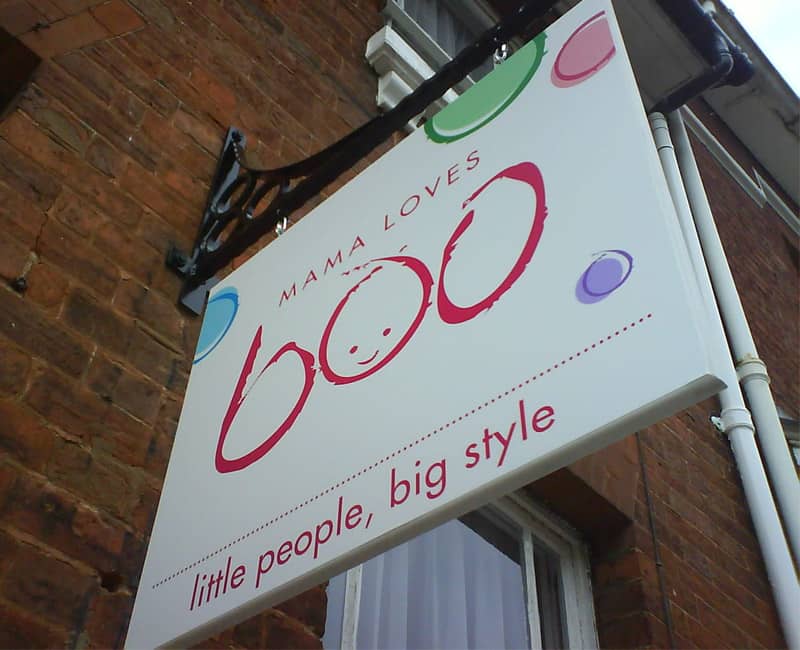What Makes a Sign Effective?
Your Local Signage Specialists
We see signs everywhere, but have you ever wondered why you hang around to read some but not others?
There could be countless reasons – maybe you’re in a rush, driving too fast to read or distracted by something more important.
But, there is another reason you’re not stopping to read signs, and it’s to do with the design.
In this short article, we’ll go through the 3 key design elements to an effective sign, including font, graphics and colours.

1. Font
The type of font you use for your sign can have a huge impact on its effectiveness. We don’t always realise it, but whatever we read, whether on the internet, in a book or on a sign, the style, size and layout of the font plays a huge role in our understanding or enjoyment.
Why is a font so important to signage?
Font is one of the most important factors when creating a sign. The three main reasons for this are:
- People have short attention spans People reading your sign will give it three seconds or less. If the font isn’t instantly legible, people rarely bother to read it. As a general rule, for signs that need to be read quickly, use sans serif fonts, such as Ariel or Helvetica.
- Font sets the tone - Imagine you’re writing a sign that says ‘Danger’. The tone needed in a sign like this is obvious, but what if it was written like this ‘Danger’ – would you take it as seriously?
- Font creates trust – By keeping your font consistent across all your signage, you create trust in your company and your brand. Regularly changing fonts or mixing fonts can alienate your customers or even confuse them into thinking you’re a different brand altogether.
2. Graphics
Adding graphics to a sign can be highly effective, but adding the wrong graphics can be disastrous. So, before packing your sign out with your favourite pictures, ask yourself these questions:
- Do they confuse the message? Imagine you own a sports shop called Bulldog Sports, and the main feature of your sign is a bulldog. It might look great, but someone seeing it as they pass by, will simply see a dog and may think pet shop or dog food company.
- Are they clear enough? Are the images you’re using for your sign the right size and definition, especially if you need the sign to be seen from a distance.
- Are they necessary? If you already have a large block of text explaining your message, are images reinforcing that message really necessary?
3. Colours
‘Colours, like features, follow the changes of the emotions.’
We couldn’t have said it better ourselves. Colour really does affect how we feel and how we process information on a sign.
It’s for this reason, when choosing the colours or colour combinations for your sign, you should think carefully about how each colour looks and the emotion you want it to create.
Signage Specialists
Whatever type of signage you’re looking for, whether it’s interior signage or exterior signage, Future Signs create it. Get in touch today and see how we turn your vision into reality.